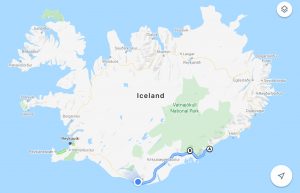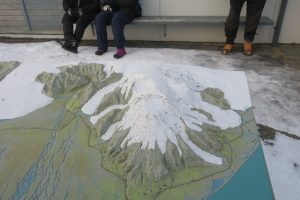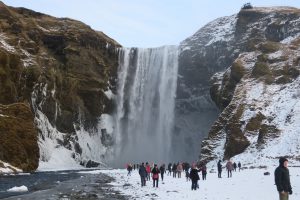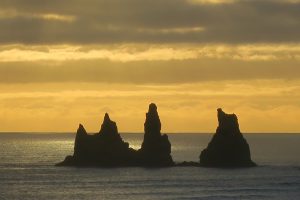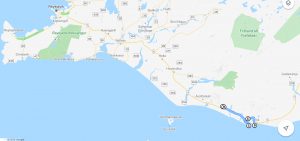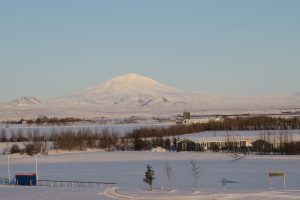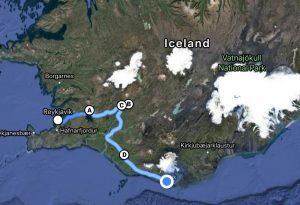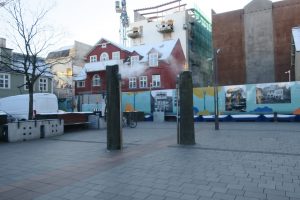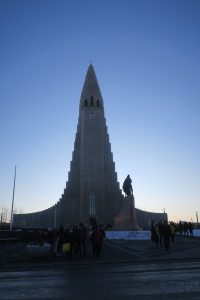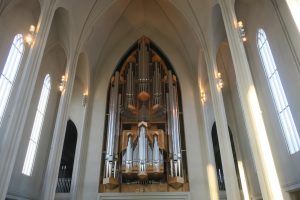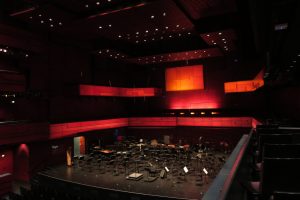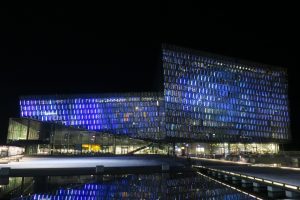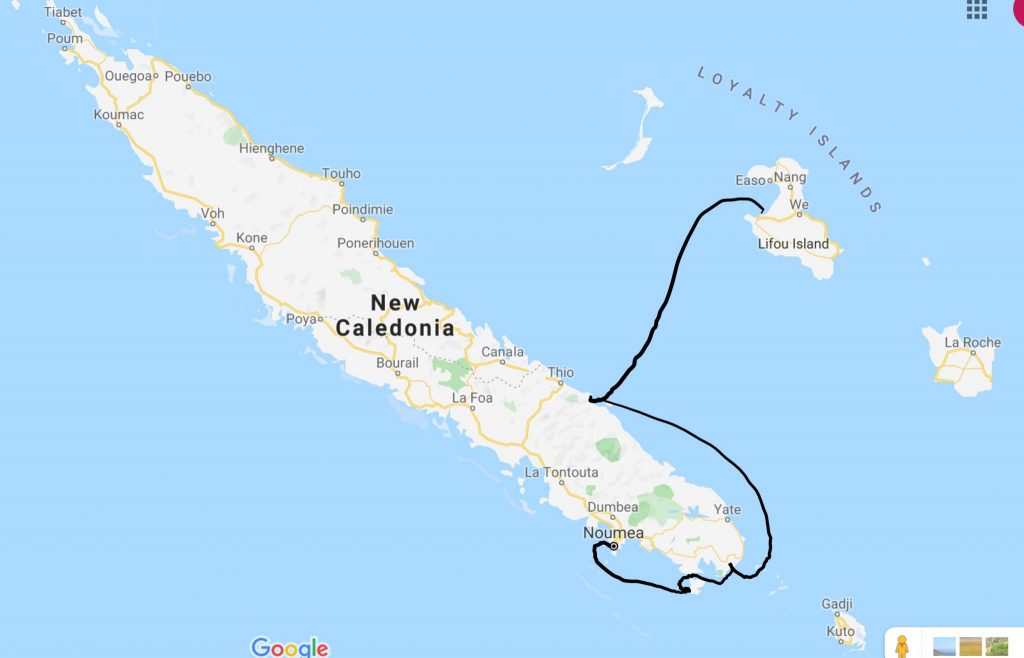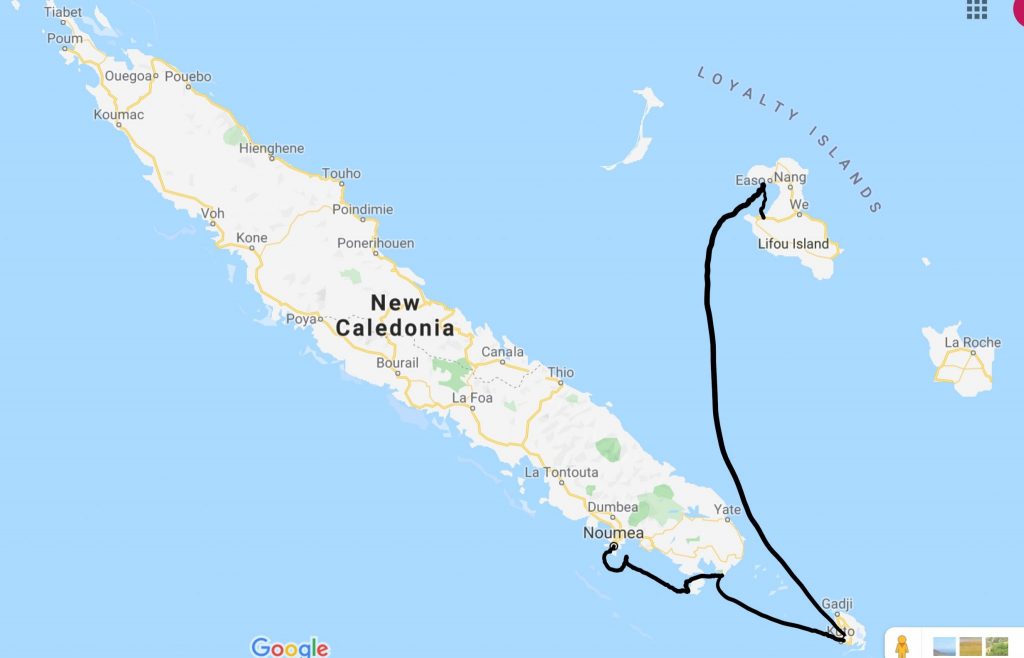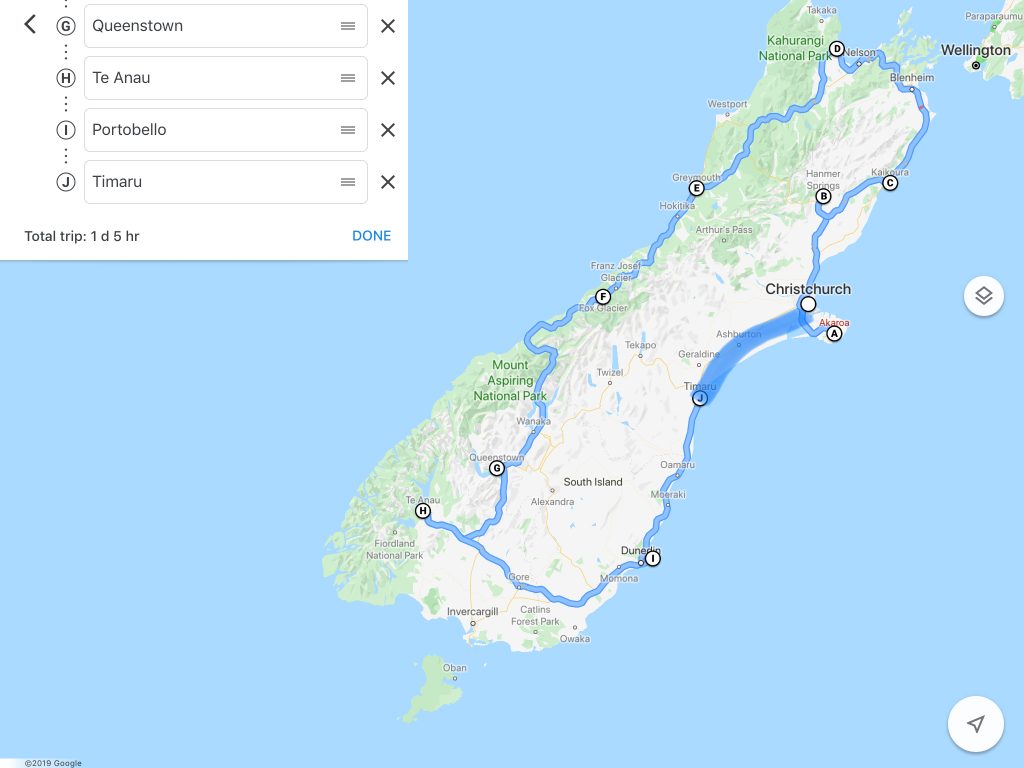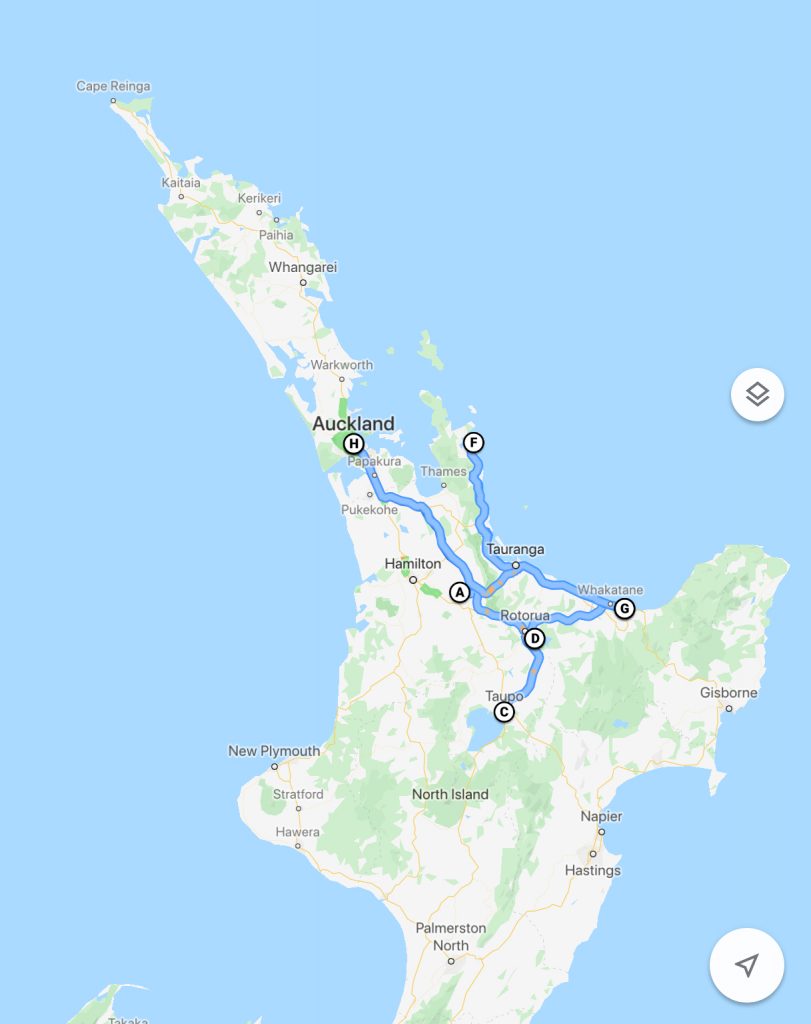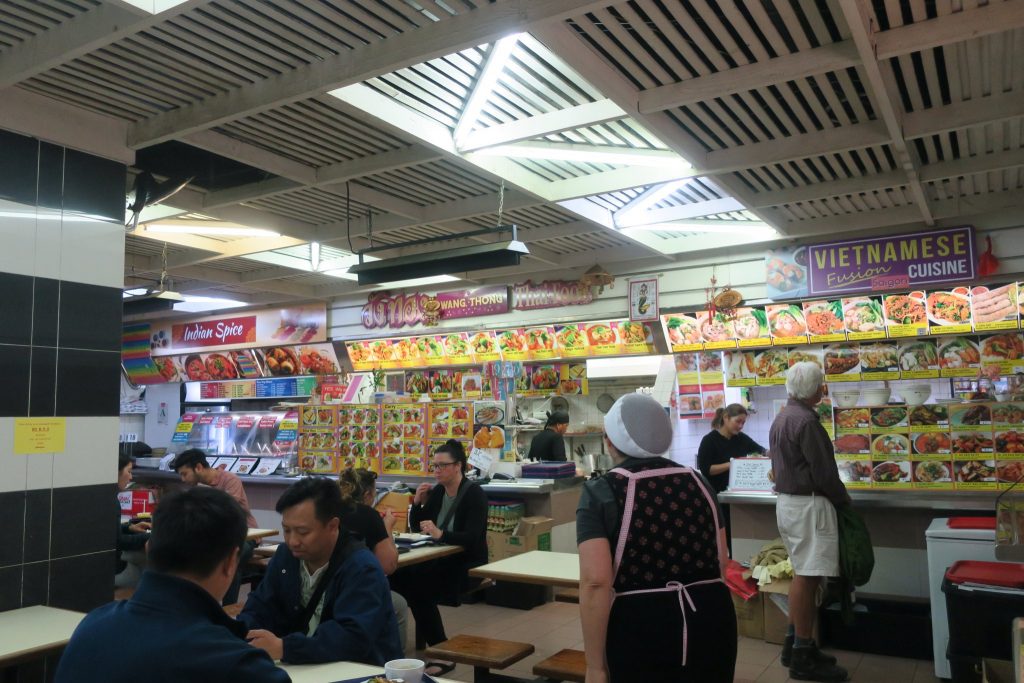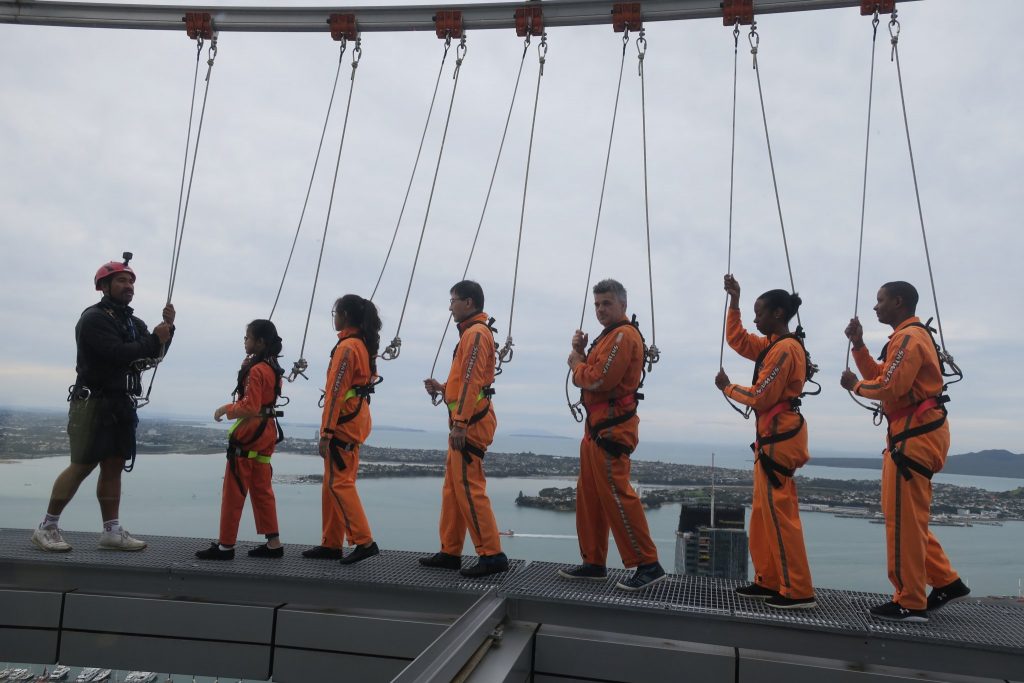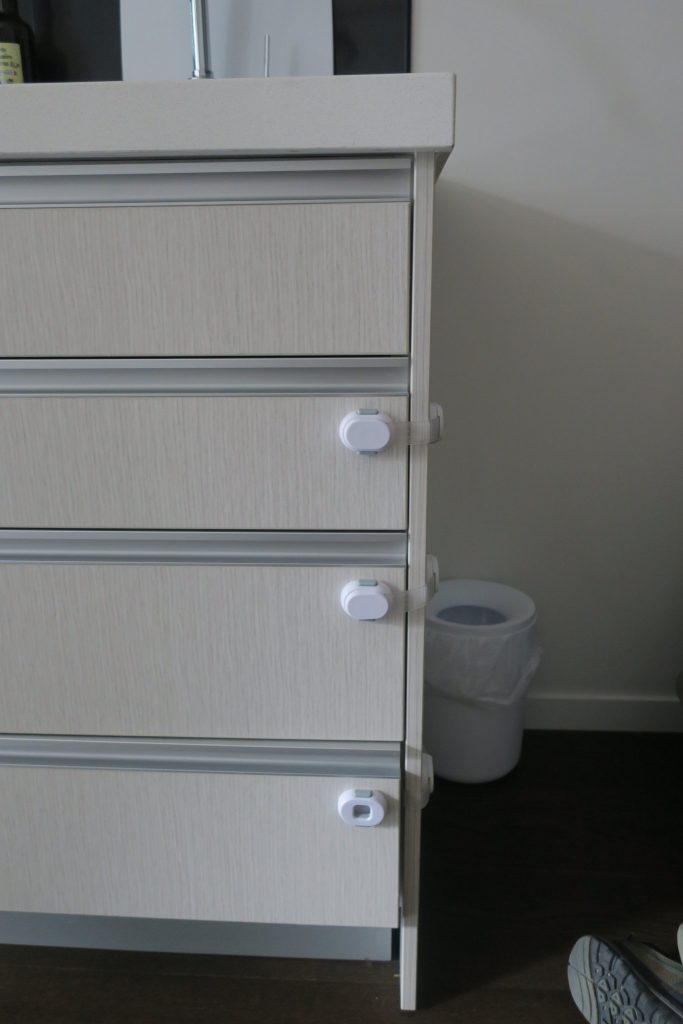Today we drove along the southern coast to Jokulsarlon glacial lagoon. It was about a 2 1/2 hour drive but it was worth it. Much of the landscape along the way was a large lava field and flat flood plain.
During the sunrise we drove through the largest lava field in the world. It covers 218 square miles. In 1783 fissures opened up and lava poured out. It created clouds of ash and poisonous gas which traveled around the world, killing people and livestock and causing famine and drought as far away as southern India. In fact the results of it contributed to the dissatisfaction that trigged to the French revolution in 1789. Surprisingly after almost 350 year the only plants growing on the lava are moss and lichen.
The flood plains are near Katla. Katla is a volcano which is under a glacier. It typically erupts every 50-60 years and the last time it erupted was in 1918 so it is overdue however there are no signs of current activity. It’s a big problem when it erupts because it melts the glacier above it, creating a massive flood. The floods are very powerful, bending steel and taking out roads and bridges. We crossed the flood plains which were very flat and sandy. When it is windy the wind picks up the sand and whips it around. The government has planted lupine as a ground cover to try anchor the sand. In the spring the flood plains are purple from the flowers.
We continued to drive towards Vatnajökull glacier, the biggest glacier in Europe. It covers 8% of Iceland (all the glaciers combined cover 10% of island) and it has a maximum thickness of almost a kilometer, over 1/2 mile. Vatnajokull has many outlet glaciers, a term I had never heard. It is definited as a tongue of ice that extends radially from an ice dome. This picture of an information sign shows it well.
We went to Jokulsarlon glacier, an outlet glacier, which terminates in a lagoon which runs into the sea. At 650 ft, the lagoon is the deepest lake in Iceland. Icebergs calf from the glacier and float to the sea. Ice was amazing, most of it was blue because it is so cold but some was black due to volcanic ash. I have never seen anything like it. Here are some pictures.
After exploring the lagoon we drove over to the beach where the lagoon exits into the ocean. The waves can pitch the ice onto the beach so it is littered with big chucks of ice. Sometime there are seals in this area because it is rich in sea life without any seal predators but I didn’t see any seals.
From there we drove to lunch and then continued on to Vatnajokull National Park, the largest national park in Europe, in Skaftafell. Here we walked to the base of another outlet glacier which was also very blue.
Then we drove back to the hotel. That evening we had drinks with glacier ice. The forecast didn’t look good for northern lights so I stayed in and worked on the blog.
Here is a map of our travels.
